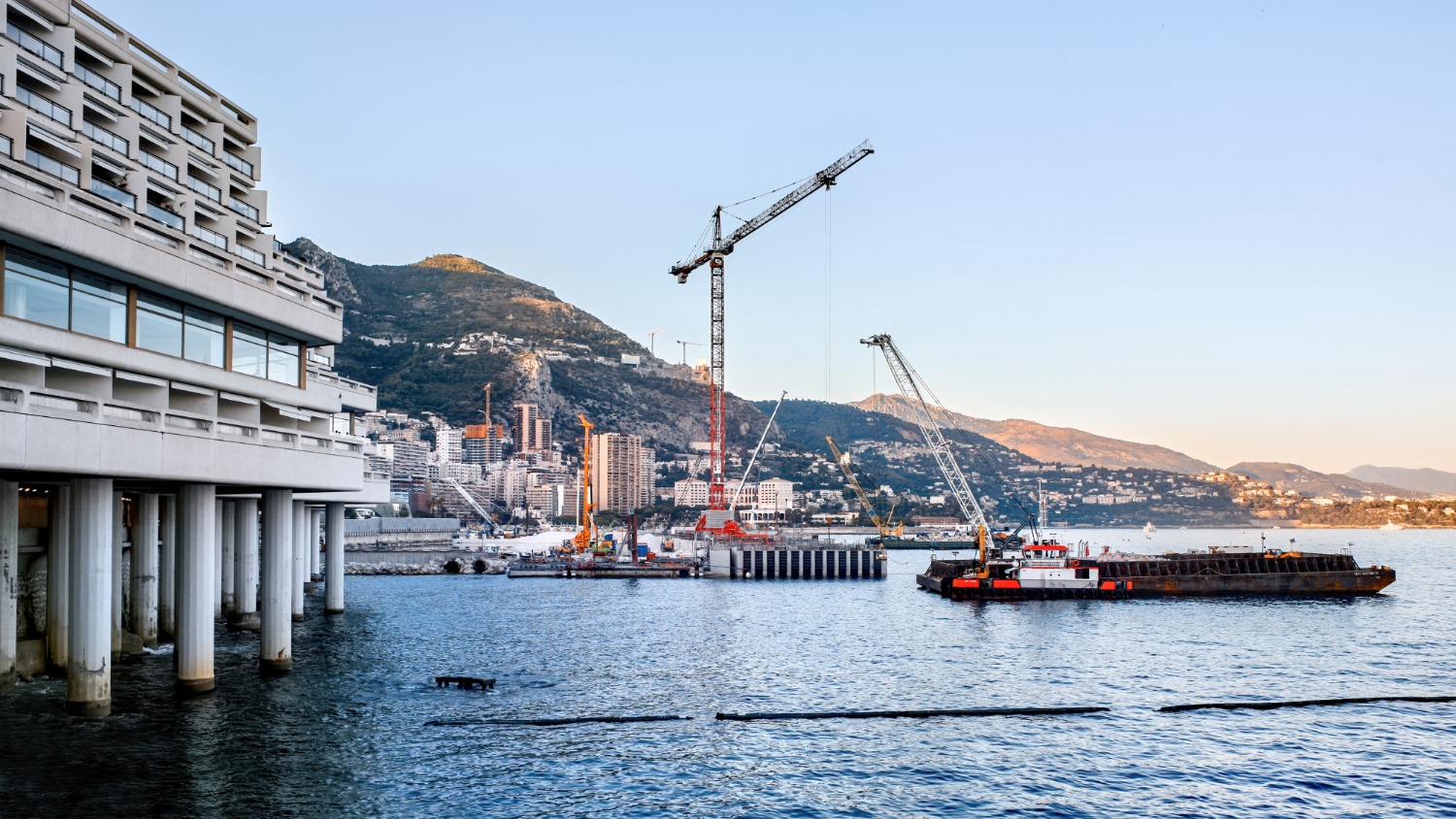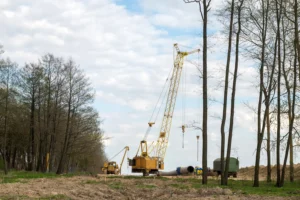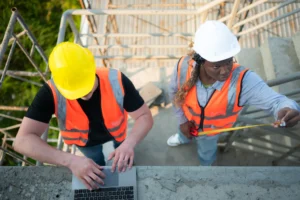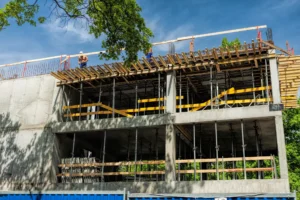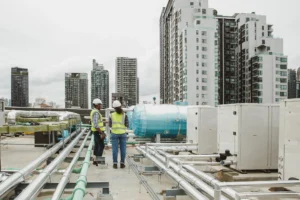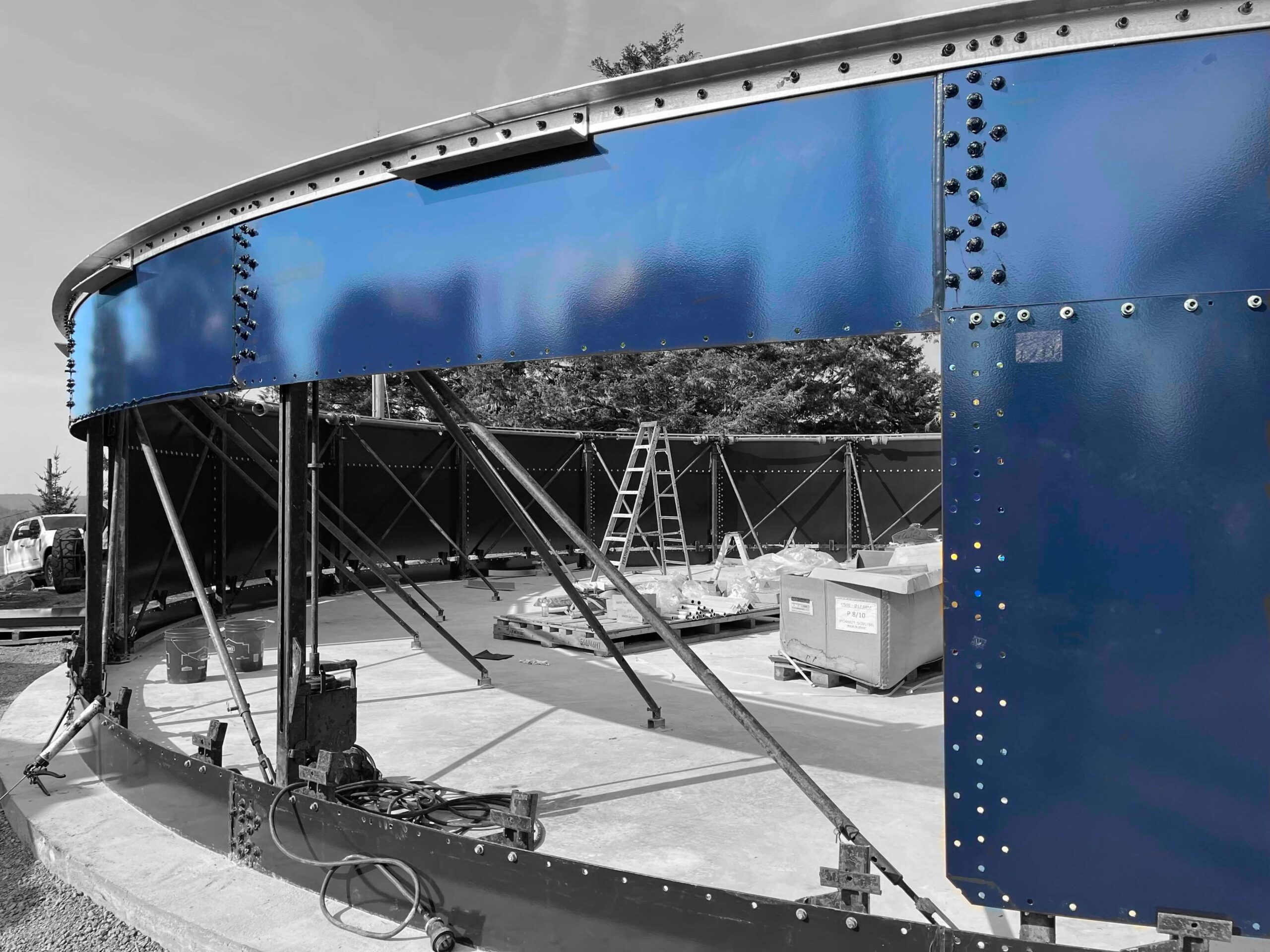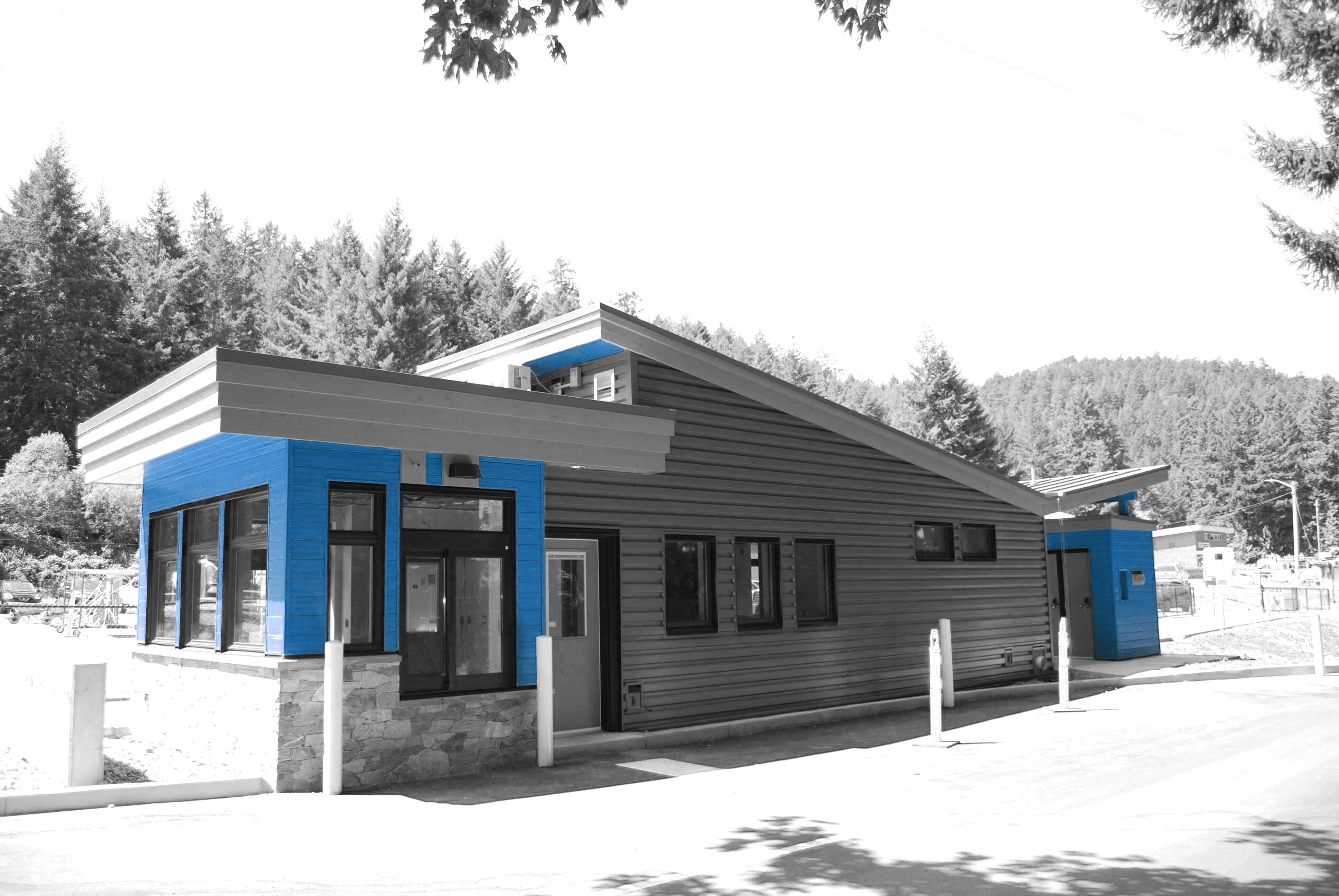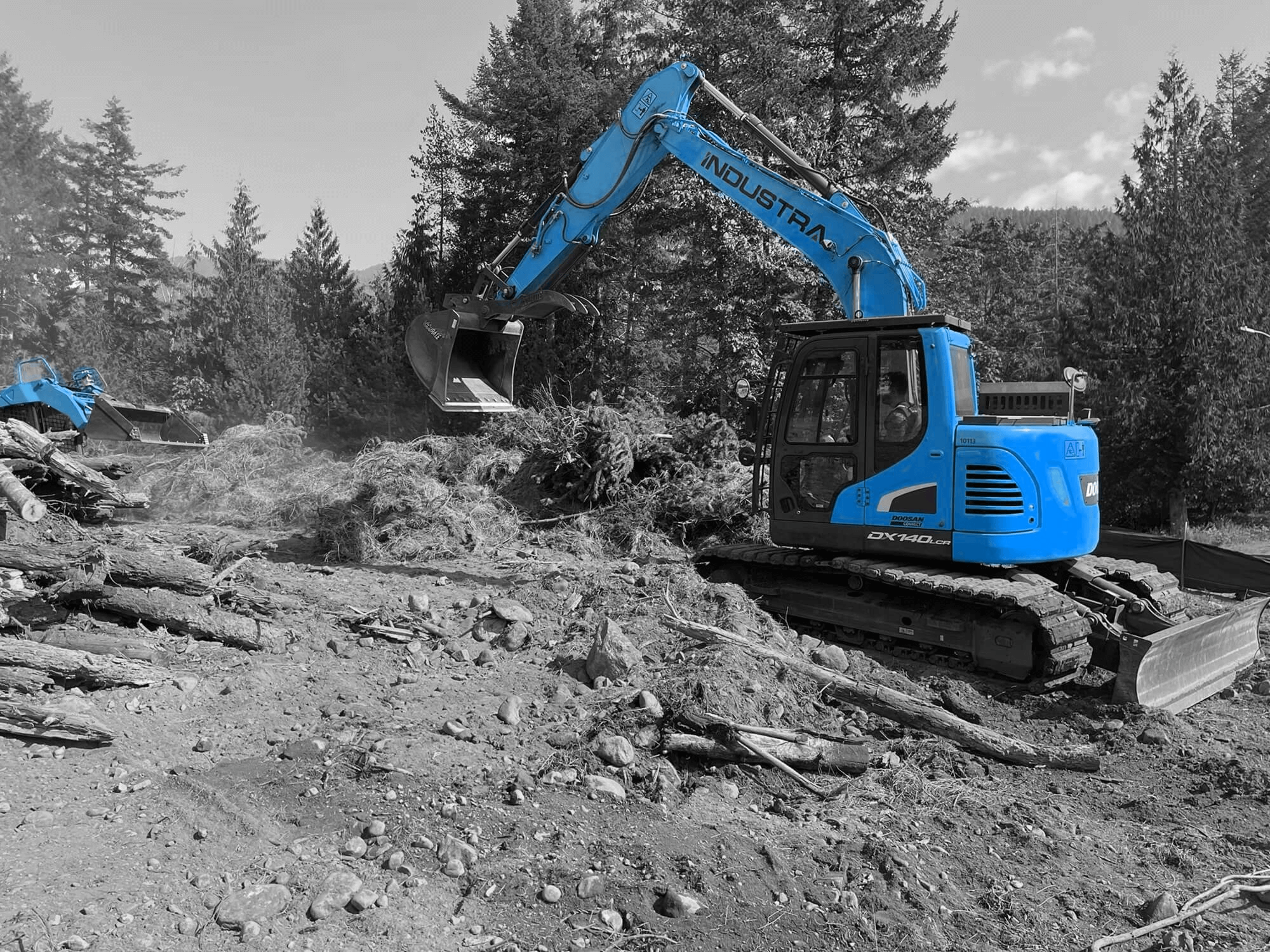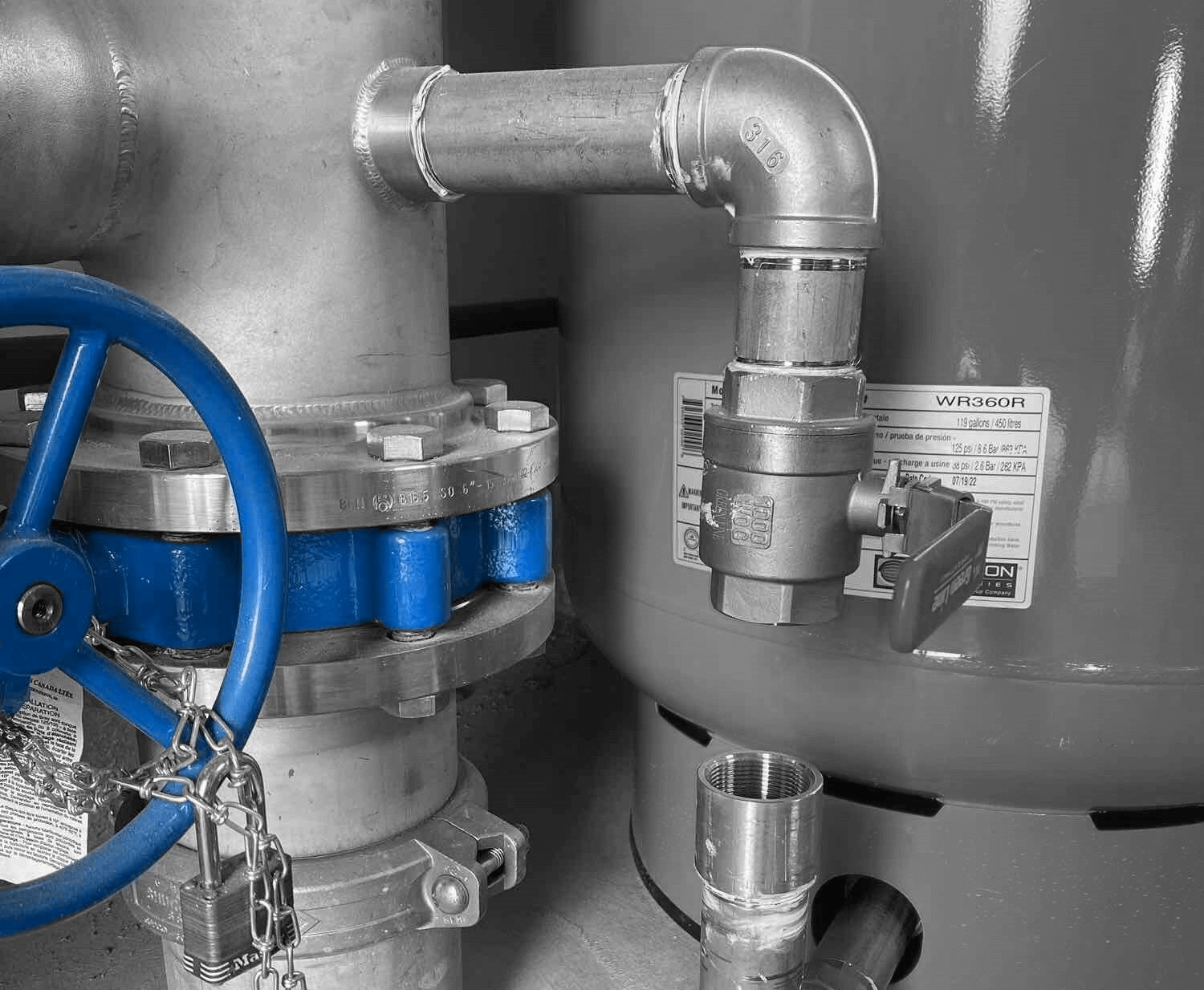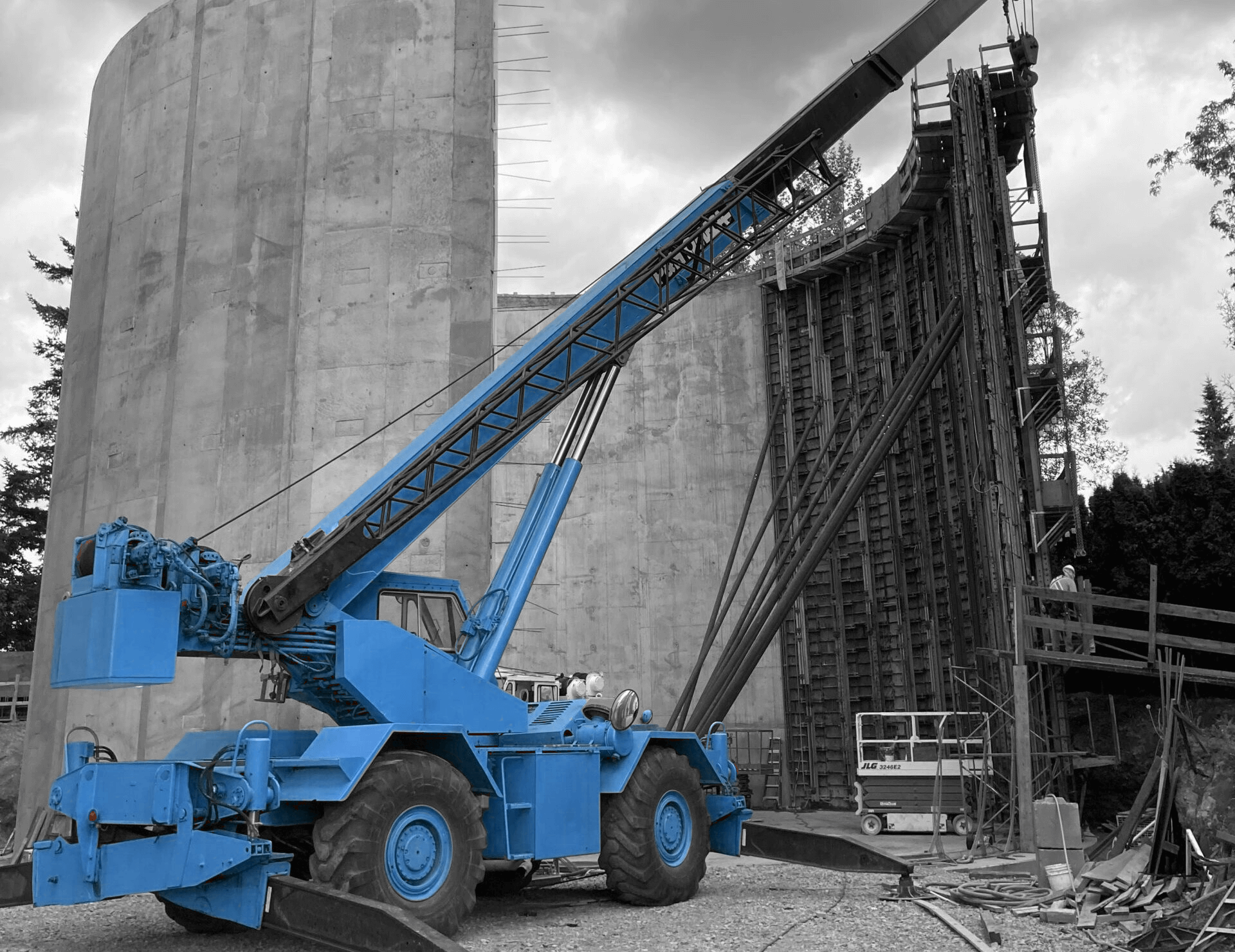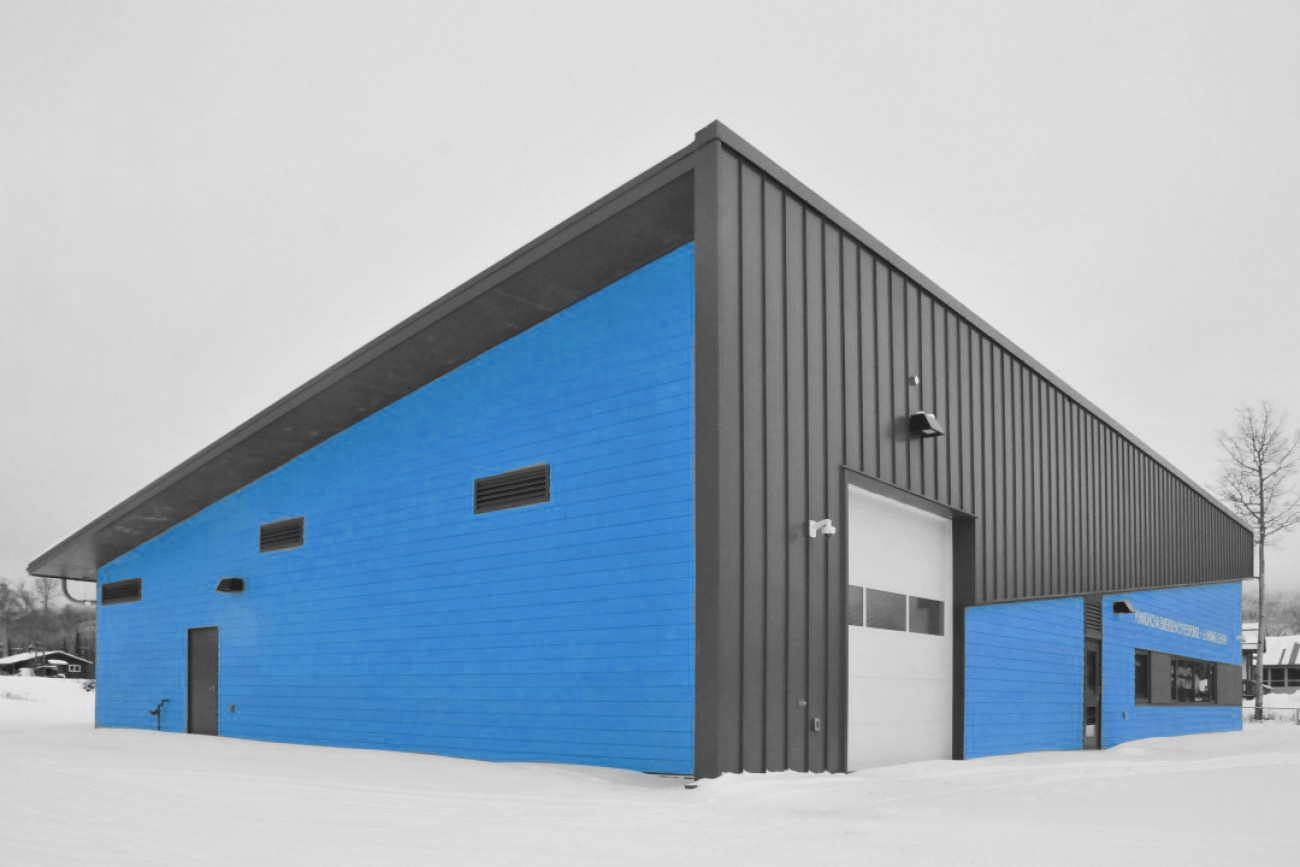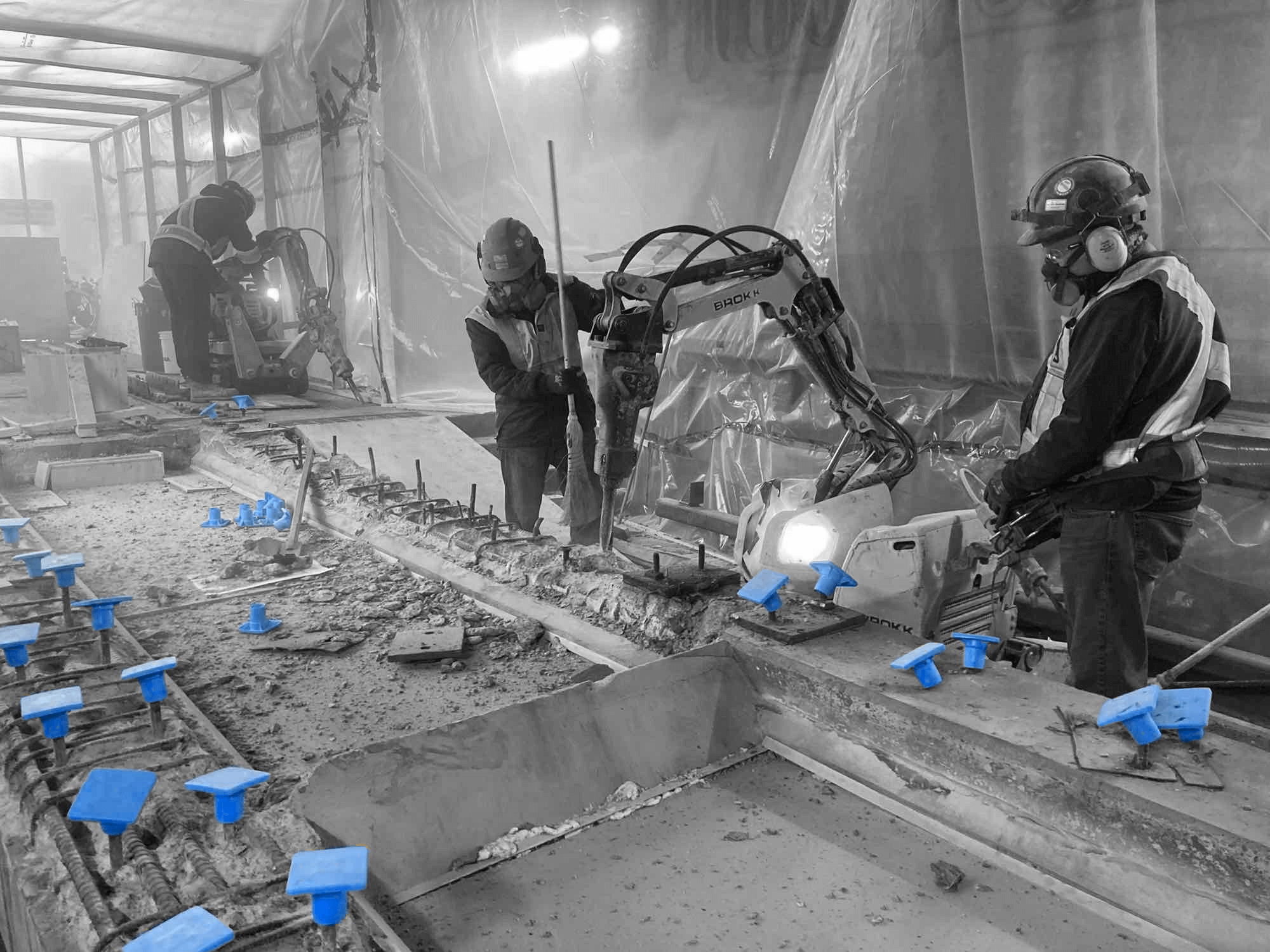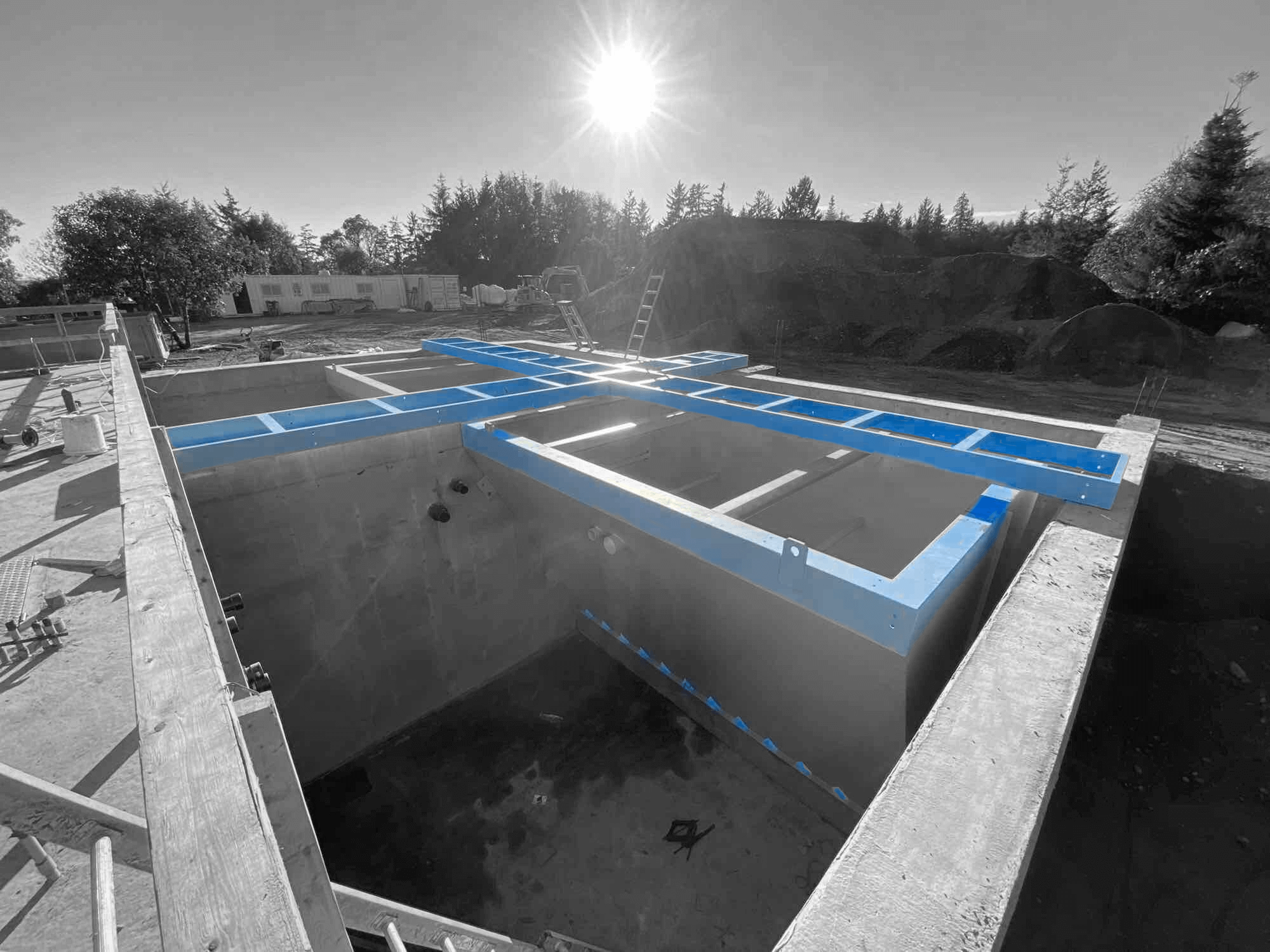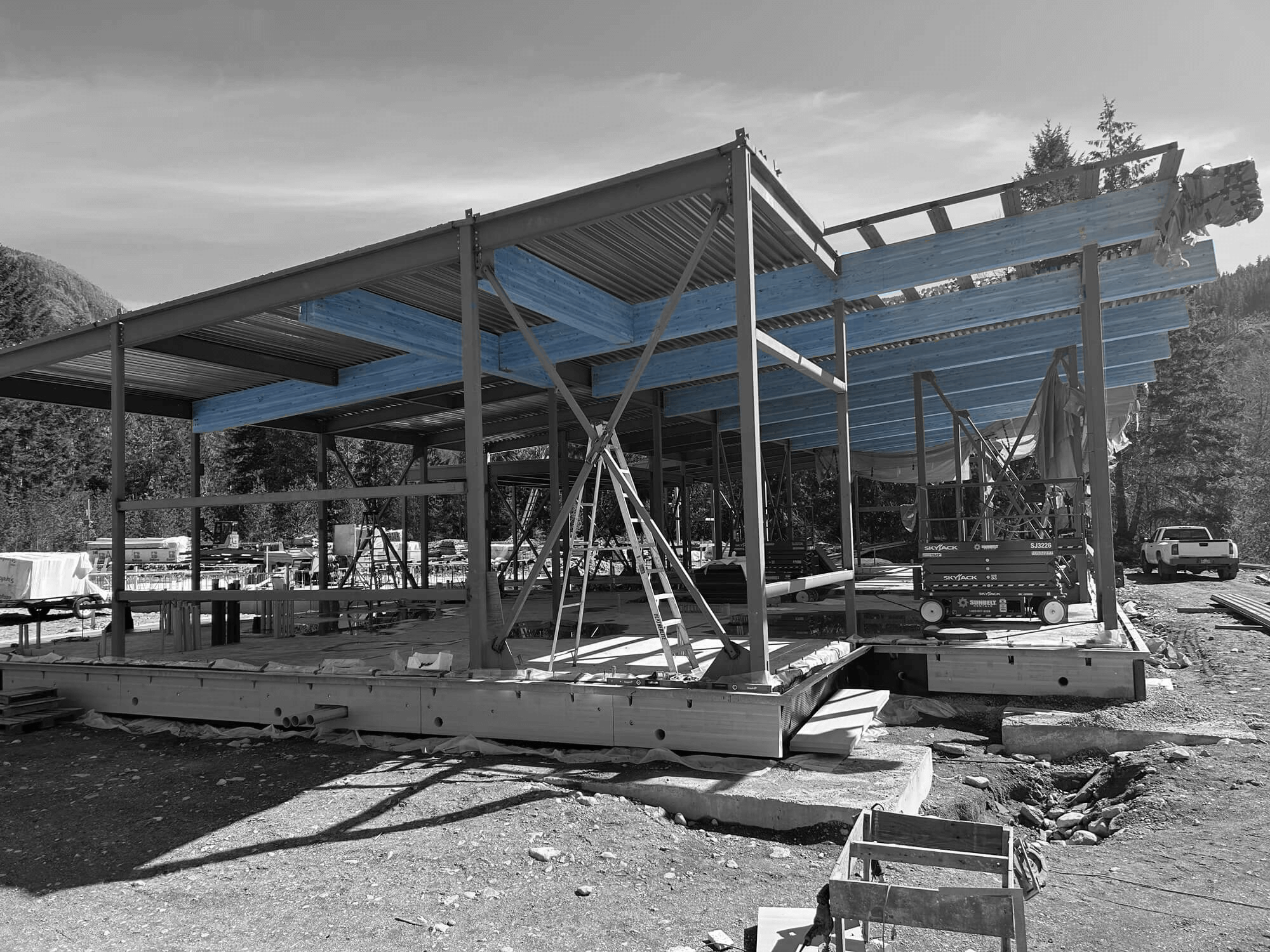General contracting in coastal areas comes with a distinct set of challenges and requirements. The harsh coastal environment, affected by salty air, strong winds, and fluctuating tides, demands careful planning and specific strategies to ensure the durability and quality of the structures. As we manage construction projects along coastlines, we must thoroughly understand the unique environmental factors that can impact the success of these projects.
One of the primary considerations is the selection of materials that can withstand coastal conditions. Saltwater and humidity can cause rapid wear and corrosion, making it essential to choose materials that offer high resistance. Additionally, the project must comply with stringent regulatory and safety standards designed to protect both the environment and the welfare of the workforce. Navigating these regulations effectively is crucial for the smooth execution of the project.
Effective project management is another key aspect. Coastal construction often involves coordinating multiple teams and managing complex logistics. Efficient communication and coordination are vital to ensuring that all activities are synchronized and any potential delays are mitigated. By focussing on these fundamental aspects, we can tackle the challenges of coastal general contracting and deliver robust, sustainable structures that stand the test of time.
Understanding Coastal Environmental Challenges
Coastal areas present unique environmental challenges that must be understood to ensure successful general contracting projects. The coastal environment is dominated by salty air, shifting sands, and variable weather conditions, all of which can impact the integrity of construction. One major issue is salt corrosion. Salty air can lead to the rapid deterioration of exposed metal, concrete, and other materials, causing them to weaken over time. This necessitates the use of specialized materials and protective coatings designed to resist salt-induced wear and tear.
Weather conditions, such as strong winds, heavy rains, and potential flooding, also pose significant challenges. These elements can delay construction, damage equipment, and even pose safety risks to the workforce. Therefore, it’s crucial to have contingency plans and robust risk management strategies in place to handle these unpredictable conditions. Understanding and preparing for these environmental factors allows us to build resilient and durable coastal structures.
In addition to the physical environment, the ecological impact of construction activities must be considered. Coastal areas often host diverse ecosystems that are sensitive to disruption. Activities like dredging, piling, and even the simple movement of materials can disturb marine life and vegetation. Thus, we must implement environmentally sensitive construction practices to mitigate our impact on these delicate ecosystems.
Material Selection and Durability
Selecting the right materials is critical for ensuring the durability and longevity of structures in coastal areas. The harsh coastal environment demands materials that can withstand high levels of moisture, salt, and fluctuating temperatures. One of the first considerations is using corrosion-resistant metals, such as stainless steel or aluminium, which are less likely to rust and deteriorate in salty air conditions. Similarly, using high-performance concrete mixes that include additives for increased resistance to saltwater and moisture can greatly enhance structural longevity.
Non-metallic materials, such as fibreglass and certain types of plastics, are also advantageous due to their resistance to corrosion. However, it’s important to ensure these materials are UV-stabilized to avoid degradation from prolonged sun exposure. Additionally, protective coatings and sealants can be applied to various materials to provide an extra layer of defence against the corrosive effects of the coastal environment.
Beyond initial material selection, long-term maintenance is vital. This includes regular inspections and timely repairs to address any signs of wear before they develop into significant issues. By combining the use of durable materials with proactive maintenance practices, we can significantly extend the lifespan of coastal structures, ensuring they remain safe and functional for years to come.
Adhering to Regulatory and Safety Standards
Adhering to regulatory and safety standards is paramount in coastal construction projects. Coastal areas are often governed by a plethora of regulations aimed at protecting the environment and ensuring safe construction practices. These regulations cover a wide range of areas, including zoning laws, environmental impact assessments, and construction standards specific to coastal regions. It is essential to understand and comply with these regulations to avoid legal complications and ensure the project’s success.
Safety standards are equally important to protect the workforce and the public. Coastal construction sites can be hazardous due to unstable ground, high winds, and exposure to the elements. Regulations often mandate specific safety measures, such as the use of personal protective equipment (PPE), secure scaffolding, and emergency response plans. Regular safety training and drills are crucial for keeping the workforce prepared and minimizing the risk of accidents.
Compliance with these standards not only ensures legal operation but also enhances the project’s credibility and reliability. By prioritizing regulatory and safety standards, we demonstrate a commitment to responsible construction practices, fostering trust with clients and the local community. This commitment is integral to achieving long-term success in coastal general contracting.
Effective Project Management and Coordination
Effective project management and coordination are essential for the smooth execution of coastal construction projects. One of the first steps is thorough planning. This includes identifying project goals, setting realistic timelines, and allocating resources efficiently. Given the unpredictable coastal environment, having a flexible project plan that can adapt to changing conditions is crucial. This flexibility helps in addressing challenges promptly without causing significant delays.
Coordination among various teams and stakeholders is another critical aspect. Coastal construction often involves multiple contractors, suppliers, and regulatory bodies. Efficient communication ensures that everyone is on the same page, reducing the likelihood of misunderstandings and errors. Utilizing project management software can facilitate this coordination by providing real-time updates and centralized information access.
Regular progress meetings and site visits are also vital. These allow project managers to monitor the work closely, identify potential issues early, and implement corrective actions swiftly. Ensuring that all teams work collaboratively towards common goals can significantly enhance the project’s efficiency and effectiveness. Through meticulous project management and seamless coordination, we can deliver high-quality coastal construction projects that meet client expectations and stand up to environmental challenges.
Conclusion
Successful general contracting in coastal areas requires a deep understanding of environmental challenges, careful material selection, strict adherence to regulations, and effective project management. The unique conditions of coastal environments necessitate specialized approaches to ensure that construction projects are durable, safe, and sustainable. By addressing these key considerations, we can build structures that not only withstand the test of time but also protect and preserve the delicate coastal ecosystems.
As we continue to navigate the complexities of coastal construction, it is crucial to stay informed and prepared for the challenges ahead. Our focus on these essential aspects underscores our commitment to excellence in coastal general contracting. If you are planning a construction project in a coastal area and need expert guidance, contact Industra Construction Corp. today. Let us help you bring your vision to life with our comprehensive and reliable construction services.


